I grew up with vegetable gardens, but didn’t learn much about medicinal herbs as a child. My best friend and I would munch on bitter yarrow, or chew the sweetness of clover flowers, but other than that it wasn’t on my radar until much later in life, when I started having ailments and, being fiercely anti-pharmaceutical I began to investigate alternative health. There is so, so much to learn.
Sometime around 2014 I started studying and trying different herbs, but didn’t commit to growing some until 2018 partly because I wasn’t ready, I was busy with Chicken Art, and partly because it simply takes time to learn. It’s been a journey ever since… I have learned so much, only to find that the more I know, the more there is to find out. Some herbs will grow here in Vermont, and some will not. Some I found I could substitute. Each herb has it’s own personality, each has it’s individual effect on me, which is often different on someone else, because each person has different habits and ailments and exposure to toxins. Some I found to be merely pleasant, some like a tonic, some worked to heal me - and other people - beyond my wildest dreams. Some appeared to have no effect at all, at least on me.
So now, after a few years under my belt, I am growing many medicinal herbs, culinary herbs, perennial fruits and vegetables such as garlic, asparagus, rhubarb, sunchokes, raspberries, apples, grapes, blueberries, etc, and THIS year I added a lot of flowers too - (can’t wait for those photos!)
So here are a few things I have growing in my garden this summer.
My lovely Motherwort, growing taller than me! In this photo she’s about 8’ tall and I will be saving her seeds this year:
Sunchokes, aka Jerusalem Artichokes (below), about 3/4 grown now. They get really tall too. They are creeping through the fence and over into the chicken pen now too, and the chickens have been enjoying digging them up. You can't see it, but I have a couple of Joe-Pye weeds growing in the middle of them. They moved a bit this year, because the neighboring Comfrey plant was hogging all the sun for awhile. You can see the tops of the Goldenrod forming flowers now in the background:
I’m not officially “growing” them, but these are some wild white Asters. Apparently it was their turn this year in the alternate chicken pen, and they went totally bonkers. The bees loved them so much, we didn't mow. That’s the chicken coop in the background:
My Wormwood out back (below.) This is such powerful medicine - it kills intestinal parasites and is extremely bitter. I love it, it's like a tonic for my brain or something when I drink the tea. I don’t have it often, but every now and then I get a whisper: some Wormwood tea would be nice today. Plus it's got gorgeous silvery soft leaves. It grows quite tall too, about 4 feet or a bit more:
Yarrow in my garden bed grows very nicely - also very bitter, and also very excellent medicine. But I needn't bother, because it grows wild all over the yard anyway too 😊:
An old-fashioned medicinal which I have never used, but I thought it sounded nice so I grew one! Rue:
One of my newer garden beds with a big Mugwort growing tall, about 6-7’. It's considered an aggressive plant, but if you harvest it all the time like I plan to, that will keep it in check. Behind it is the enclosure where my Top Bar honeybee hive is:
The Marsh Mallow standing about 2.5 feet tall, next to the fence. The root is medicinal, but I haven't yet had the heart to harvest it, just letting it get bigger every year. Plus it had tons of pretty flowers this year. It’s another one of those just-growing-it-to-grow-it plants. It likes a lot of water:
St John's Wort, still growing where I planted it last year, plus growing in five or six other places in the beds, because that's just how StJW rolls. It also happens to grow wild in the chicken pens some years:
If you notice, I grow many of my medicinal herbs in raised beds. While most medicinal plants are extremely hardy and will even grow in ditches and bare, disturbed rocky soil, they will often grow larger and more readily come back when given some compost and some deep soft soil.
Some however, prefer to be left to their own devices. There are a few that I don’t bother planting, such as Mullein, as it seems to take offense when I do it. It gets all moldy and sulks, while the wild ones grow lush and tall over in the rocks of the driveway, or often in the lawn where we dug up a conduit a couple of years ago:
Below is Prickly Ash, another one I planted where it naturally likes to be, in the rocks of a hillside. I planted four of them here in a row, because one day they will form a thicket. This is just down the bank in a spot where the ground was all dug up and the hillside needs healing. Plus the bark is good medicine - I like to drink it on winter mornings, so I wanted to grow my own. I won't be able to harvest it for a couple of years though:
I will post more later!
May your day be as beautiful as mine was. ☀️




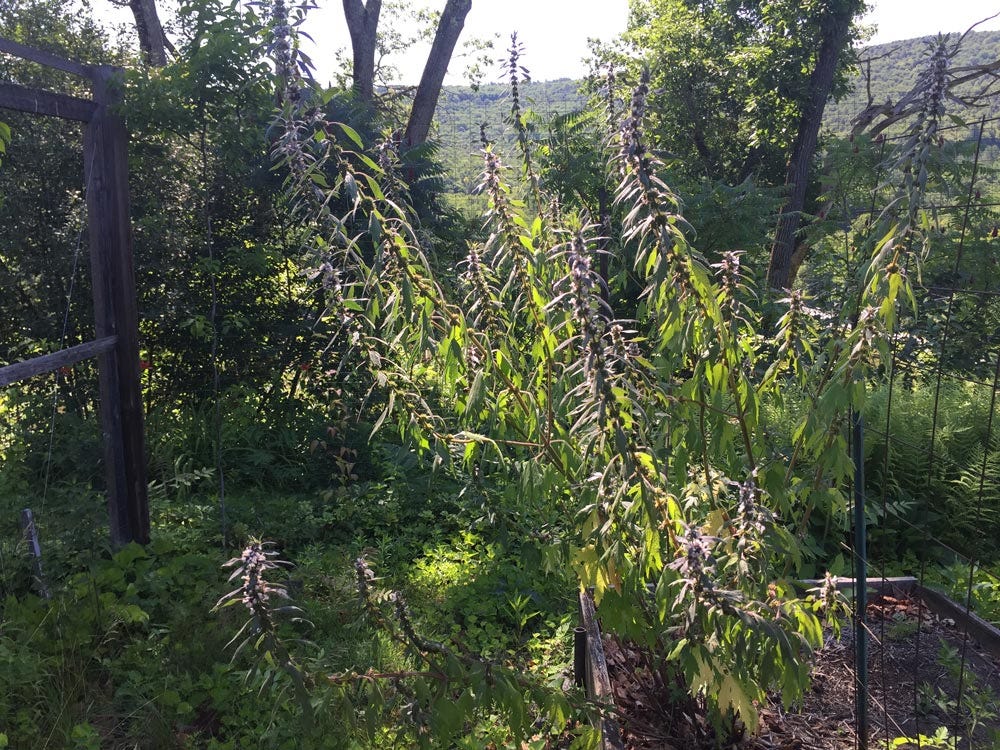
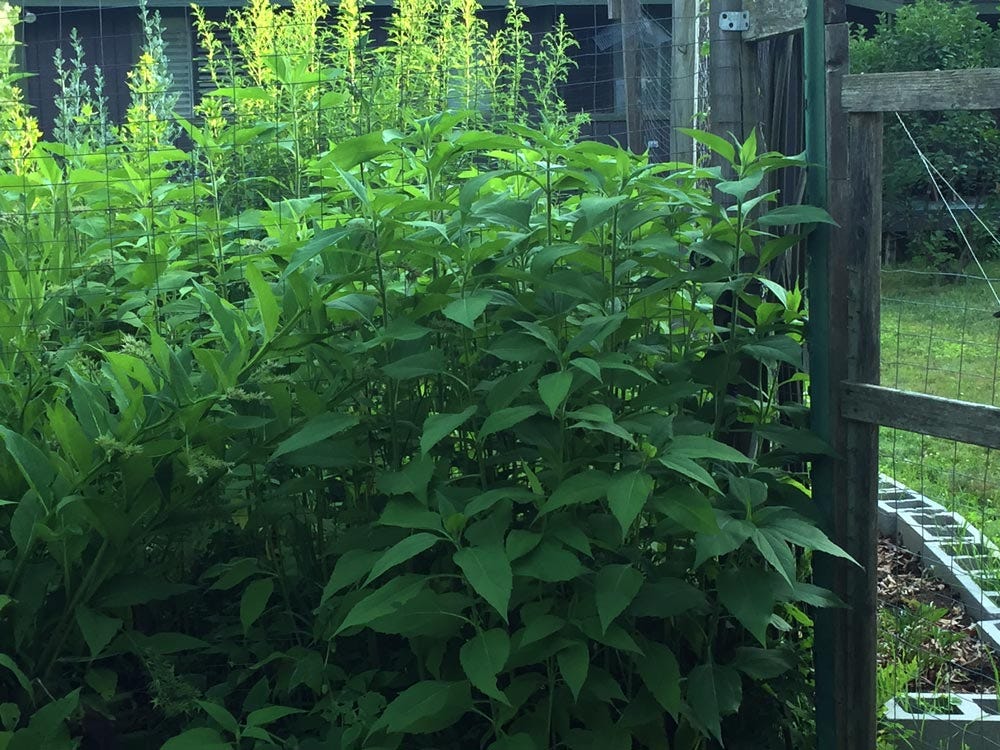
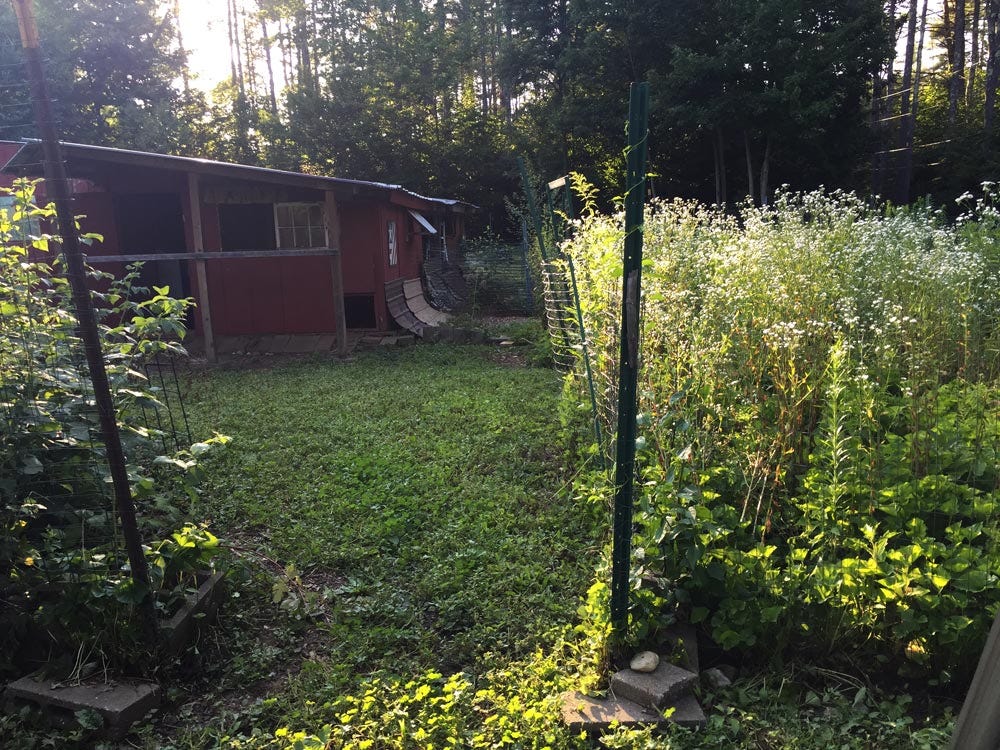
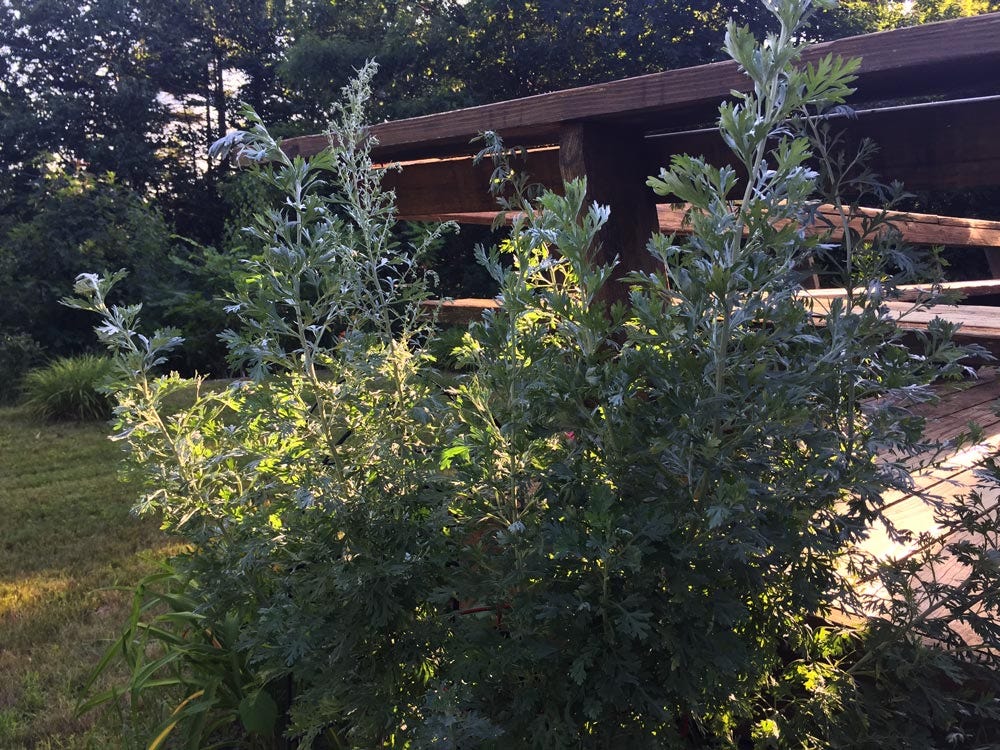
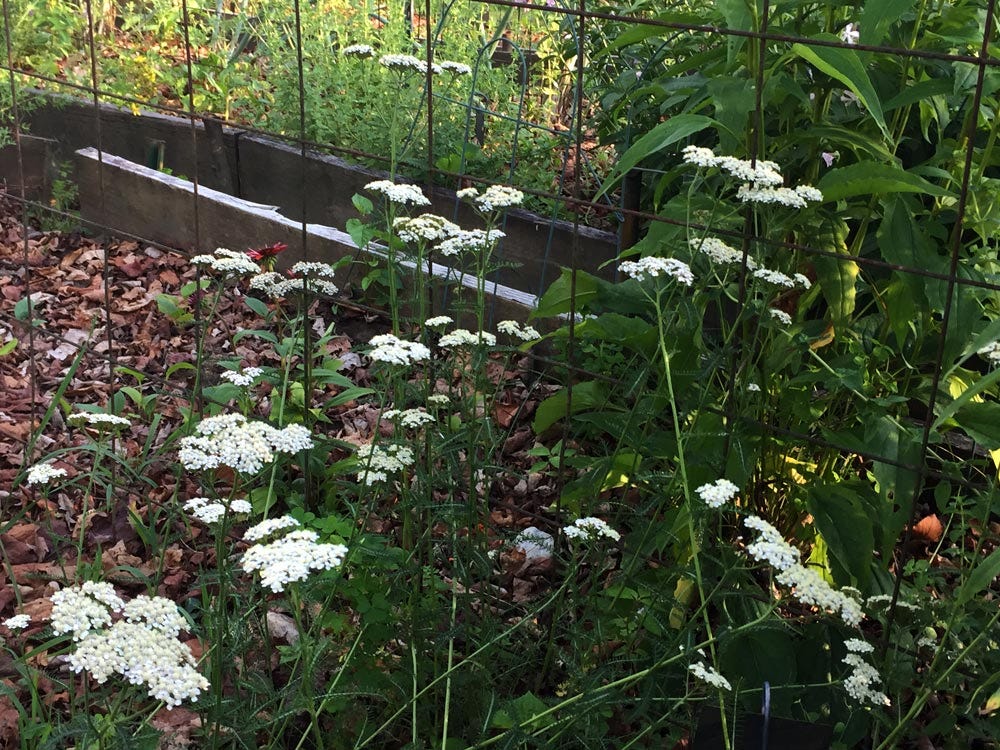

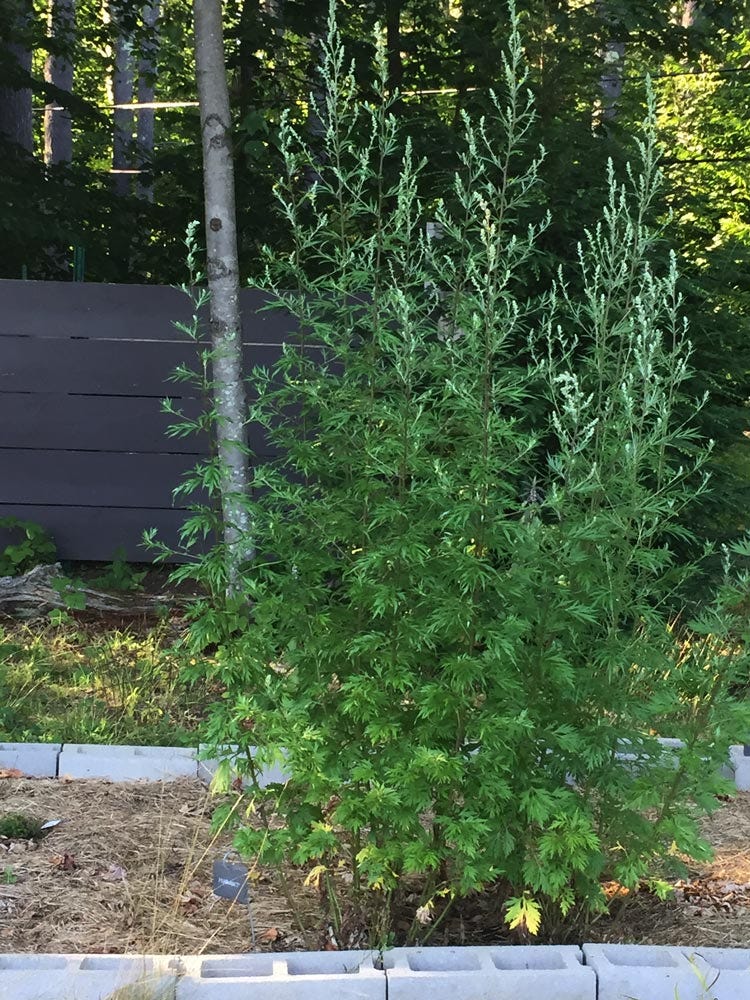
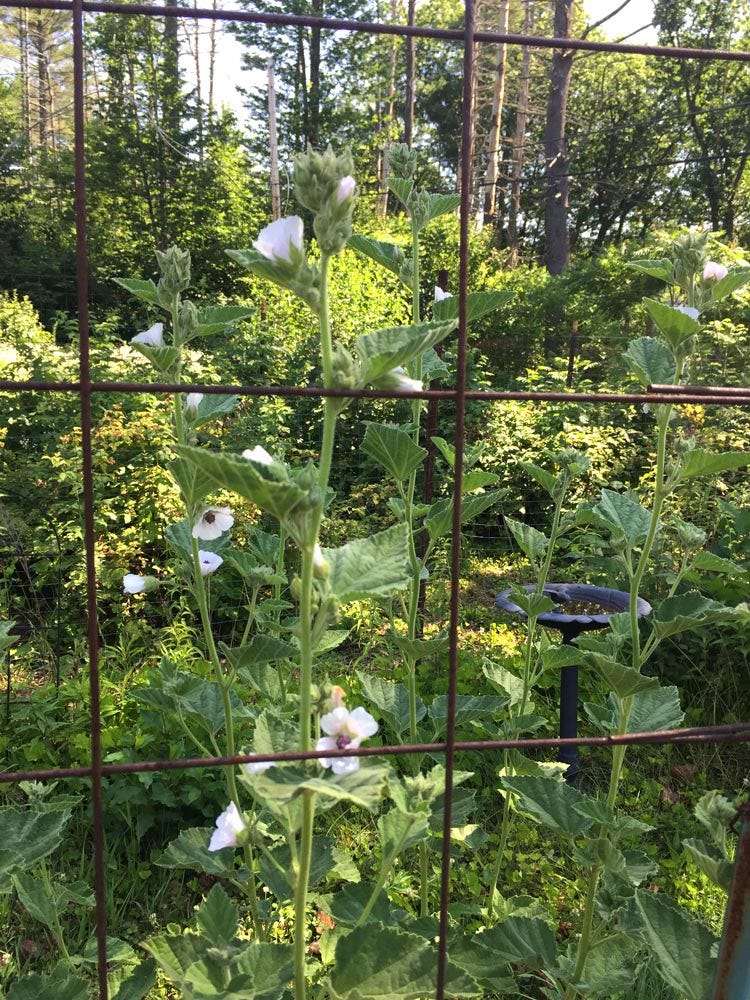
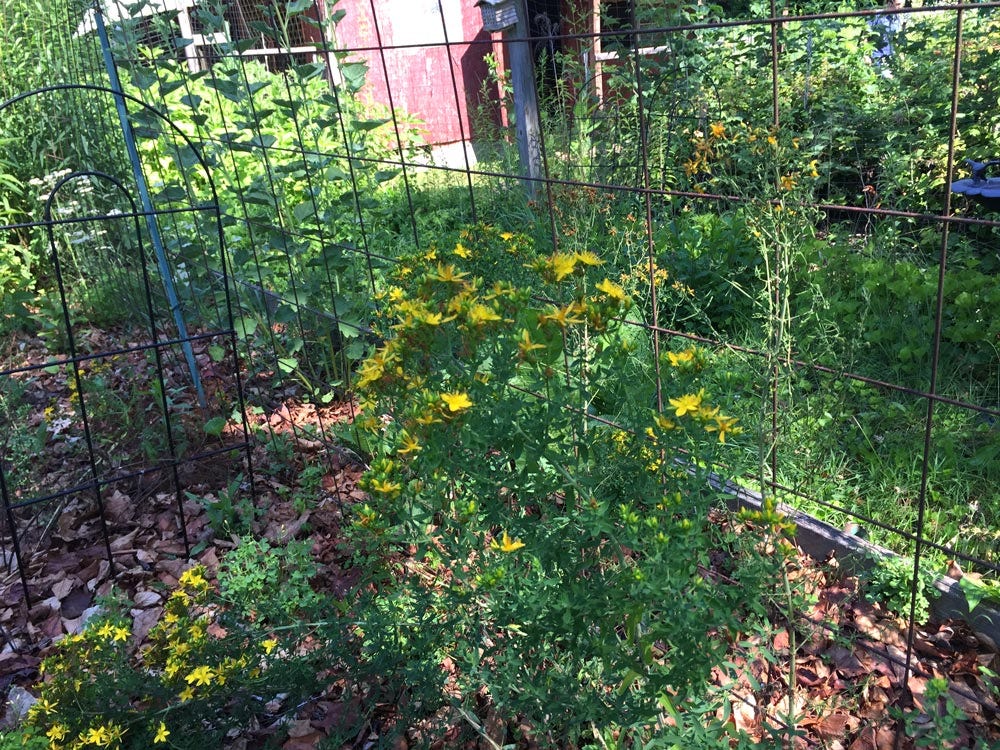
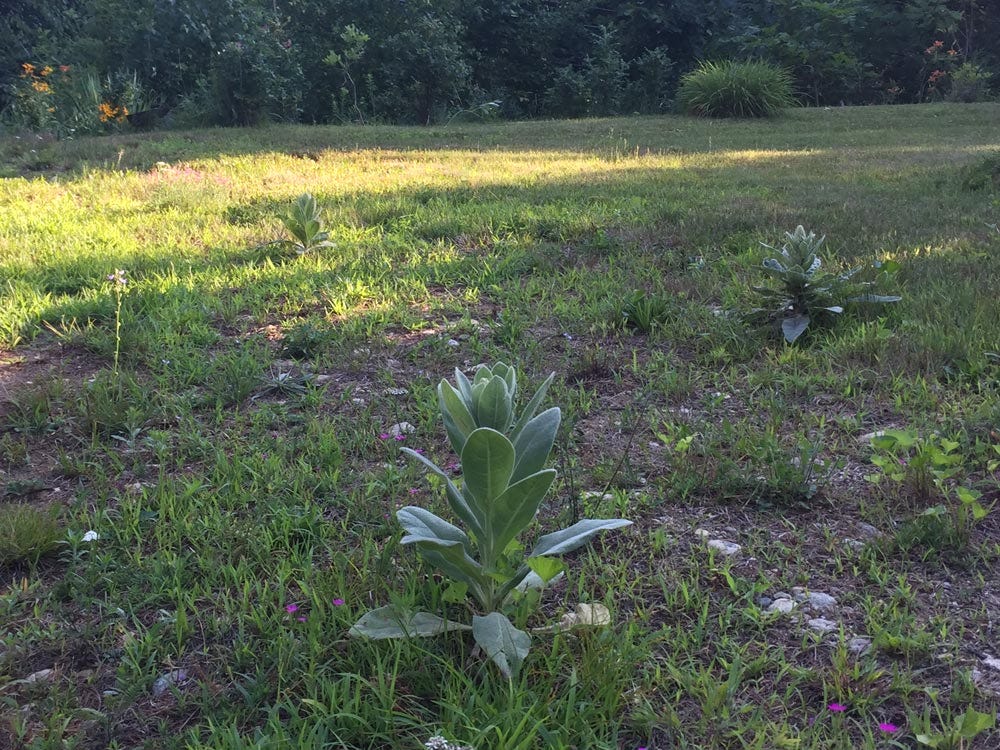

This is very interesting. Thank you.